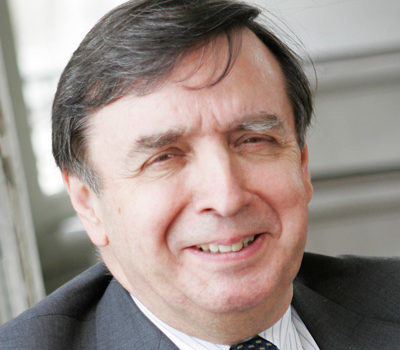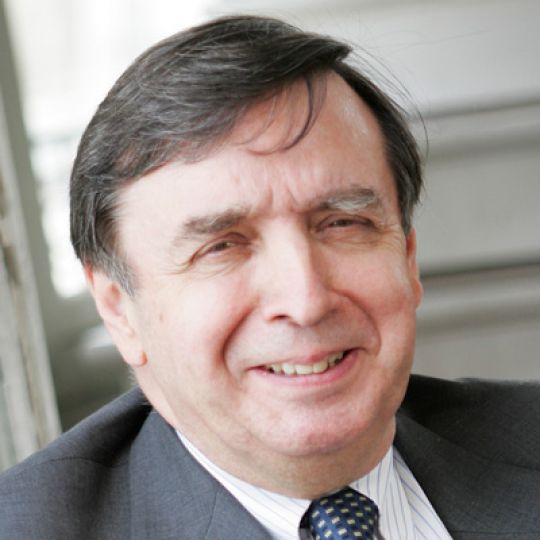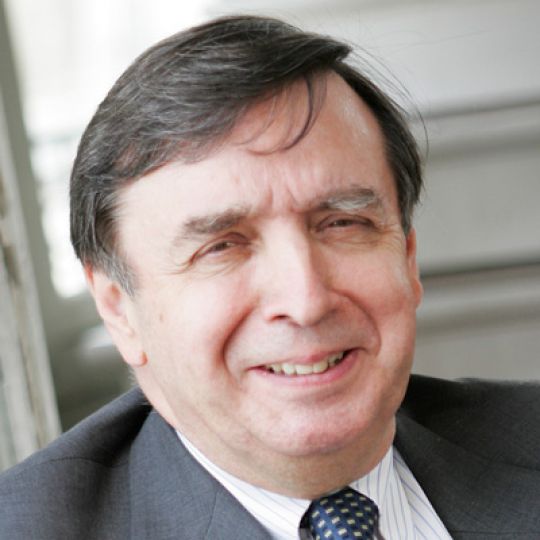Florent Forestier, Doctor of Philosophy, met Henri Pigeat former head of AFP and President of the CFJ (Journalist Training Center).An interview published in 3 parts. Here is the last part.
Photography seems to have been trivialized in the modern world.
As of 2000, we have entered an era of image immediacy. Video has become stronger as an art and its ambitions are growing. In parallel, the development of smartphones—a simple, ready tool used by professionals and amateurs alike—has infinitely multiplied the number of photos in circulation. Everybody takes photos, which marginalizes professional photography. Quantity dominates quality. Witness testimony trumps research and artistic quality. Nowadays, the media continue to produce their own photographs, but they have also become relay points for popular snapshots.
How should we interpret this trend?
We could ask whether this means a greater engagement of all citizens in the current events, or, on the contrary, a greater spectacularization of the latter. In any case, the effect is another change of epoch. Until recently, we used to be observers, in the margin of events; now, we are participants, but the events are increasingly turning into spectacle. We no longer find images shocking. As a consequence of trivialization, repetition and juxtaposition are the rule. Repetition produces shock, but it also weakens the effect over time. The dissemination of images of the attacks on the World Trade Center in New York in 2001 had to be stopped despite high viewer ratings, because the media realized that played into the hands of the terrorists, but also because, at a certain point, it also elicited a negative reaction of the opposition.
And yet, the public has perhaps become less naïve…
Certainly, massification provokes defensive reactions and the public becomes less naïve. No doubt people have always known that images can be vehicles for lies and falsifications: it was public knowledge that the famous painting by David, “The Coronation of Napoleon,” was a staged composition. Without being fooled, the public nevertheless believed in the epic message the painting conveyed in terms of the national community as a whole, regardless of the truth-value of the image.
By contrast, due to the sheer quantity of documents in circulation, the current state of affairs tends to inspire mistrust: the image must defend itself against the suspicion it had itself engendered, to the point of making everything seem “unreal.” Everything has become a spectacle. Every reality is suspected of being doctored, manipulated. We can think of this as a way of protecting ourselves from pervasive information and as a refusal to be drawn into the spectacle in which we in a sense risk becoming one of the subjects.
In your opinion, what is the place of photography today?
It continues to evolve without fundamentally affecting the media. As in the 20th century, a good photographer must have a good eye and quick reflexes. These are still important and necessary. But the downside is that these qualities are more often associated with responsiveness than with intellectual insight. The person taking the image is very rarely involved in news casting, which may have negative impact on the quality of information and prevent journalists and editors from taking into account issues specific to the image.
Plus, the art of utilizing images is not distributed equally. Specialized magazines excel at it, while daily news media not necessarily. The question becomes even more complicated when we deal with digital media where the separation between text and image is slowly disappearing for the benefit of permanent integration. The photographer is no longer outside the editorial room even if this does not necessarily mean combining the two functions, but rather a new configuration of journalism skills and functions.


















